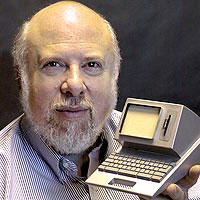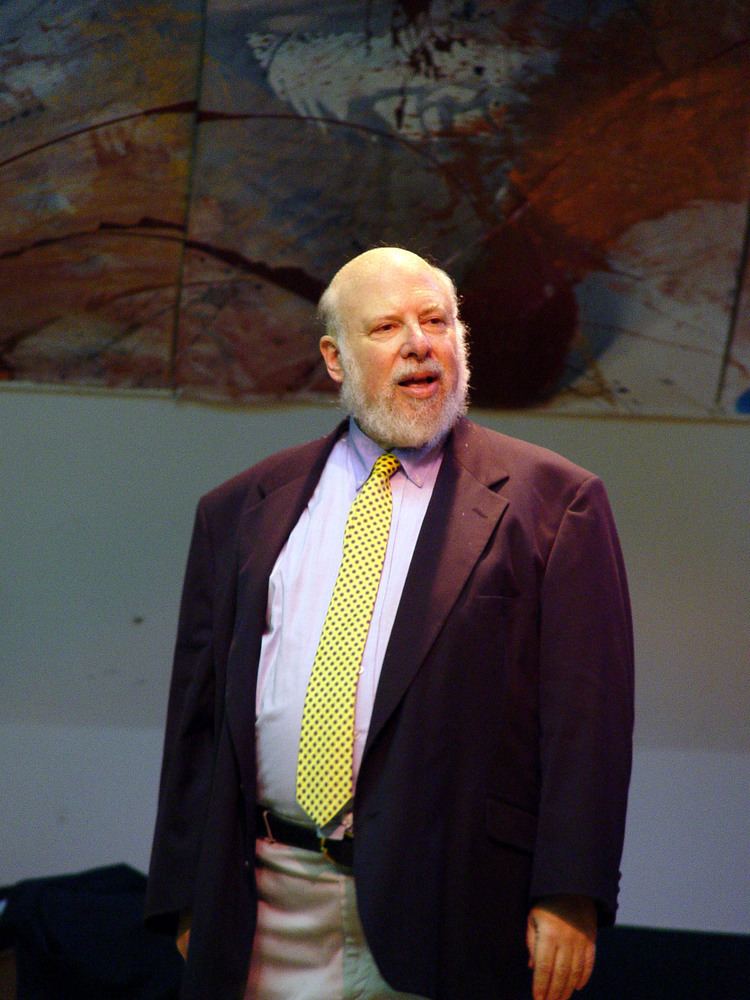
He even goes as far as to argue that different applications should not exist, but the computers interface as a whole should be unified into one mode.

This is one of Raskin’s main aims for a humane interface, that it be entirely mode free. 37)Ī human-machine interface is modal with respect to a given gesture when (1) the current state of the interface is not the user’s locus of attention and (2) the interface will execute one among several different possible responses to the gesture, depending on the system’s current state.įor an interface as a whole to be classified as not modal, it must not be modal for any gesture. Two examples are given: typing return in one mode will move the cursor to a new line, in another mode it will execute a command previously typed a working push button flashlight has two modes, if the light is on pushing the button turns it off, if the light is off the button turns it on. Raskin defines modes very broadly in terms of gestures: if the result of a gesture is constant then the there is one mode, if the gesture produces a different result then the mode has been changed. Modes are the main subject of this chapter and, it would appear, that modes are what kept Raskin awake most at night. 17, 24) This chapter also covers areas of conscious and unconscious thoughts, formation of habits and automatic behaviours and their dangers in user interface design.Ĭhapter 3. 10) The most important aspect of this area is the locus of attention which “is a feature or object in the physical world or an idea about which you are intently or actively thinking.†We can only have one locus of attention and this is something that is both a hazard and a tool for interface designers. Raskin defines cognetics as “The study of the applicable, engineering scope of our mental abilities,” in contrast to ergonomics which is the study of our physical engineering. This chapter is all about the limitations of human kind and how these effect how humans can work with machines and their interfaces. 6)Īnd a final definition of a humane interface:Īn interface is humane if it is responsive to human needs and considerate of human frailties. 6)įor a second interface law… A computer shall not waste your time or require you to do more work than is strictly necessary (p. The first law of interface design should be: A computer shall not harm your work or, through inaction, allow your work to come to harm.
Jef raskin concept of humane interface driver#
It is these psychological limitations and competencies that seem to be the main driver behind much of this book.Ī few interesting quotes from this chapter: Raskin suggests experts have forgotten that users are human, and that humans have physical, and more importantly psychological limitations. One key point is the distinction between user-interfaces and human-interfaces. This provides some basic definitions and introductions to the concepts involved in human computer interaction. I’m not convinced they are always significantly better than some existing solutions, but they certainly make interesting reading and are cause for considerable thought. The solutions and interfaces presented by Jef to get around these issues, feel clunky and too focused on avoiding one or two key issues raised. I feel this is where the book is most valuable.

If you can get past this then the book has some excellent coverage of the issues facing computer users, and the designers of such systems. I don’t really have an issue with the use of projects which Jef has been involved in, but there is little or no distance shown in this book and this makes many of the ideas and concepts presented difficult to take seriously. Especially when the few positive critiques are almost exclusively for Jef’s other products such as the Cannon Cat. It is this constant personal critique, which is almost whinging in places, which in my mind really lets this book down. Even in this text, which was written at least 15 years later, Jef shows a strong personal antagonism towards Apple and it’s products. It seems to be one of the longest love-hate relationships in the industry, and it comes across as very personal. Stoughton: Addison Wesley, 2000īy many, Jef Raskin, is believed to be the creator or inventor of the Macintosh computer, and while he did father the project inside Apple, he left a long time prior to it’s eventual release and has been a heavy critic and opponent of Apple and their products ever since. The Humane Interface: new directions for designing interactive systems.

Designing the User Interface, Ben Schneiderman & Catherine Plaisant » The Humane Interface, Jef Raskin


 0 kommentar(er)
0 kommentar(er)
